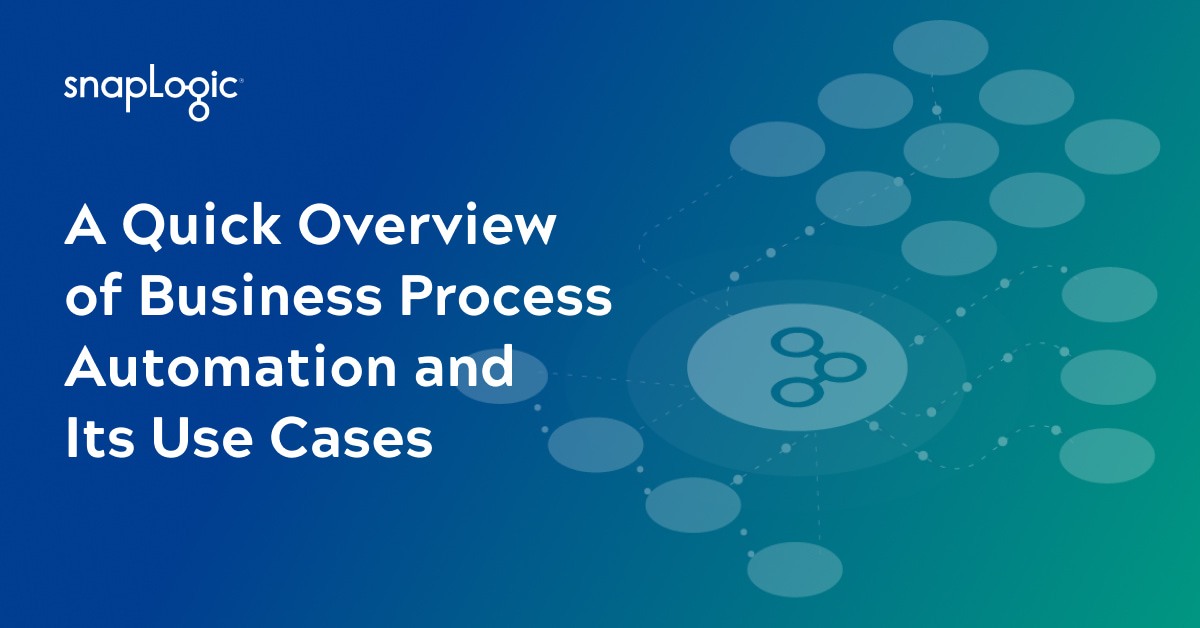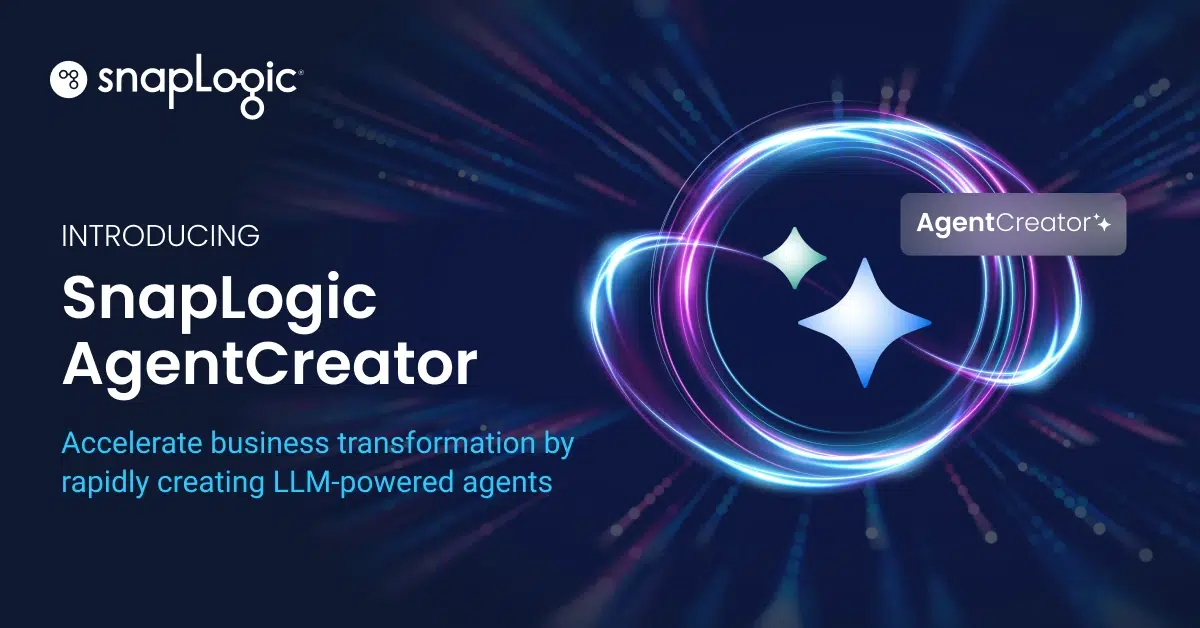We live in a world where people constantly seek effortless and faster ways to perform tasks. We moved from walking to driving to flying to get to far-away destinations. Similarly, businesses have moved from manually logging orders to automating such repeatable tasks. And for a good reason, too.
When you automate your business processes, you increase their efficiency and reliability and prevent human errors. You can then focus on more strategic thinking to help grow your business. But to begin, you need to know which processes you can automate, how to automate those processes, and practices that will help sustain and maintain your operations.
What is business process automation?
Business process automation (BPA) refers to the use of several advanced systems and applications to perform complex business processes such as invoicing and data entry. It involves using tools to perform repeatable processes or tasks to save time and improve the efficiency of those processes.
These processes could be email marketing, employee performance management, content scheduling on social media, inventory management, etc. Generally, it would help if you automated processes that:
- Are consistent across or within departments in the company
- Require minimal to no errors made
- Recur multiple times
- Require minimal time to complete
Automating business processes doesn’t have to be all artificial intelligence or machine learning. It could simply be copying and updating records from one place to another for better access. The primary goal of BPA is to take over those exhausting tasks and free you up to do better work.
Benefits of automating business processes
According to McKinsey, “automation could raise productivity growth globally by 0.8 to 1.4 percent annually.” Intelligent automation gives you control over your business processes while improving communication within your organization. Consequently, it leaves time for your employees to focus on more impactful work.
Saves time
Business process automation allows employees to complete menial tasks, such as paperwork, in record time. In addition, you can easily migrate data from one platform to another without manually copying the data. With BPA, you can essentially integrate the tool you want, watch your data move in minutes, and spend the time on a more productive task.
Reduces cost
Modern businesses always seek ways to boost their profitability on a worldwide scale. One strategy to do that is to cut down expenses. Business process automation helps with that. It helps you make the most efficient and economical use of your core resources, boosting sales and profit. Instead of paying people to handle manual tasks, automation can cut costs down to a few dollars per month.
Reduces human error
No matter how experienced your employees are, mistakes happen. These mistakes or errors may be time- and money-consuming. You could find yourself spending more time and money to correct an error than performing the original task.
With BPA, you need not worry about frequent human mistakes because it lowers the possibility of errors while also preventing repetitions in your workflow. Moreover, because there are fewer errors, BPA improves reliability and traceability.
Results in happier employees
Menial responsibilities are typically the most hated among employees. By automating your business processes, your employees will no longer have to do those tedious tasks, thereby providing a stress-free working environment. Because BPA frees up resources, it can inspire your team members to develop and improve how they work. As a result, it makes them more aware of their different obligations, making them more confident to fulfill their responsibilities.
Improves customer service
When you automate sales and marketing processes, it improves customer satisfaction. You can use automated systems to streamline and improve customer service, enabling customers to call in and get the assistance they need immediately.
Faster responses and better service will eventually result in customers having more faith in the brand because of the reliable and high-quality deliveries that the system provides.
For example, customers can easily search for a product they want and purchase it in seconds. They also won’t need to get in touch with customer support frequently for either a complaint or a refund.
Use cases for business process automation
Generally, you can automate every repetitive business process in your company. That means that business process automation is valuable in every unit and level in your organization. From time off requests to data migration to compliance, business process automation takes care of tedious and frustrating tasks.
HR automation
Human Resources automation covers automation for recruitment, onboarding and offboarding of employees, expense claims, time-off requests, performance management, etc.
For example, when companies leverage HR automation, HR can automatically screen the CV of every applicant before deciding to meet with them. Then, they can automatically send emails to rejected or accepted candidates by pushing a button.
HR can also use BPA to keep track of time off. For example, you can easily assign a limit on every employee’s time off and allow them to request vacation based on the days they’ve used or accrued over a specific period.
With BPA taking care of these strenuous tasks, HR can focus on improving employees’ quality of work and providing an excellent experience for new and current employees.
Sales automation
Automating sales processes gives you access to accurate data and thus, helps you better understand your customers’ behavior. It also helps give your customers a better experience because there are reduced delays and fewer errors. In addition, sales automation helps increase productivity, eliminate manual duties, organize routine operations, and ensure nothing gets missed.
Automated sales processes boost your efficiency and simplify the effectiveness of your sales tasks. In addition, it enables your sales representatives to concentrate on executing transactions with potential and existing customers.
You can automate tasks such as order management, lead qualification and management, chats, and reporting. For example, you can specify a lead as a user who has signed up with at least an email address or a phone number. Then, you can follow up with that user via messages or calls to complete the onboarding process to become an active customer.
Finance automation
Finance is one of the essential aspects of a business, and an incorrect figure can break it. Caution, accuracy, and speed are needed when performing business processes associated with finance. Automating finance processes is the way to go to avoid worrying about money management.
Finance automation helps tackle issues with the attributes mentioned earlier. It also adds simplicity and efficiency to the processes. It allows you to complete a task in bulk, saving you valuable time. An example is filing taxes for your employees. No one wants to fill out forms for each employee when you can automatically deduct and pay tax from the employee’s pay.
You can also automate finance processes such as bookkeeping, expense, and payroll management.
IT automation
IT automation covers software development and deployment, support service, monitoring, and observability. Sometimes, getting notifications automatically when there are bugs in your tools may determine how fast you resolve them and retain your clients.
It’s always a relief for software engineers to know that they can merge their changes with others easily and quickly. But, more than that, IT automation helps them deploy those changes in minutes such that users can see a bug resolution or new feature in a short time.
Modern businesses are always looking to scale, and being able to add new features or services is one of the benefits of IT automation. In addition, IT automation helps replace or minimize human contact with IT systems by using software to develop repeatable procedures and instructions. Thus, IT specialists can save time, lower operational expenses, and boost productivity.
Marketing automation
Every company needs marketing to be successful. Picture having to send emails to each of your customers manually. This manual task might be acceptable if you have two or three customers, but not when you have hundreds or thousands.
Marketing automation takes care of frustrating, monotonous tasks like this. By freeing up your time, your organization can devote more time and energy to other opportunities that increase profit. Leveraging automation for data governance also helps you make informed decisions on which marketing campaigns will yield better results.
Enterprise automation
Enterprise automation means automating tedious processes across the organization. For example, instead of exchanging emails and templates, a computerized enterprise creates intelligent workforce management technology to automate essential and daily tasks.
Another example is generating data or compliance reports. Instead of manually filing data or checking to see if your data analytics operations fall within the guidelines of your state’s regulation, enterprise automation can notify you when you’re falling behind.
Enterprise automation also involves using AI and machine learning to do strenuous tasks like hashing for validation or using sensors.
Beat the clock — choose intelligent automation with SnapLogic
To begin automating your business processes, identify which tasks are repetitive and define the goals you want to achieve. Finally, compare the results over time to know if you need to upgrade or downgrade your automation technologies.
SnapLogic helps make your digital transformation journey more manageable and straightforward. And if you need help figuring out where to begin, we’re always ready to help.








